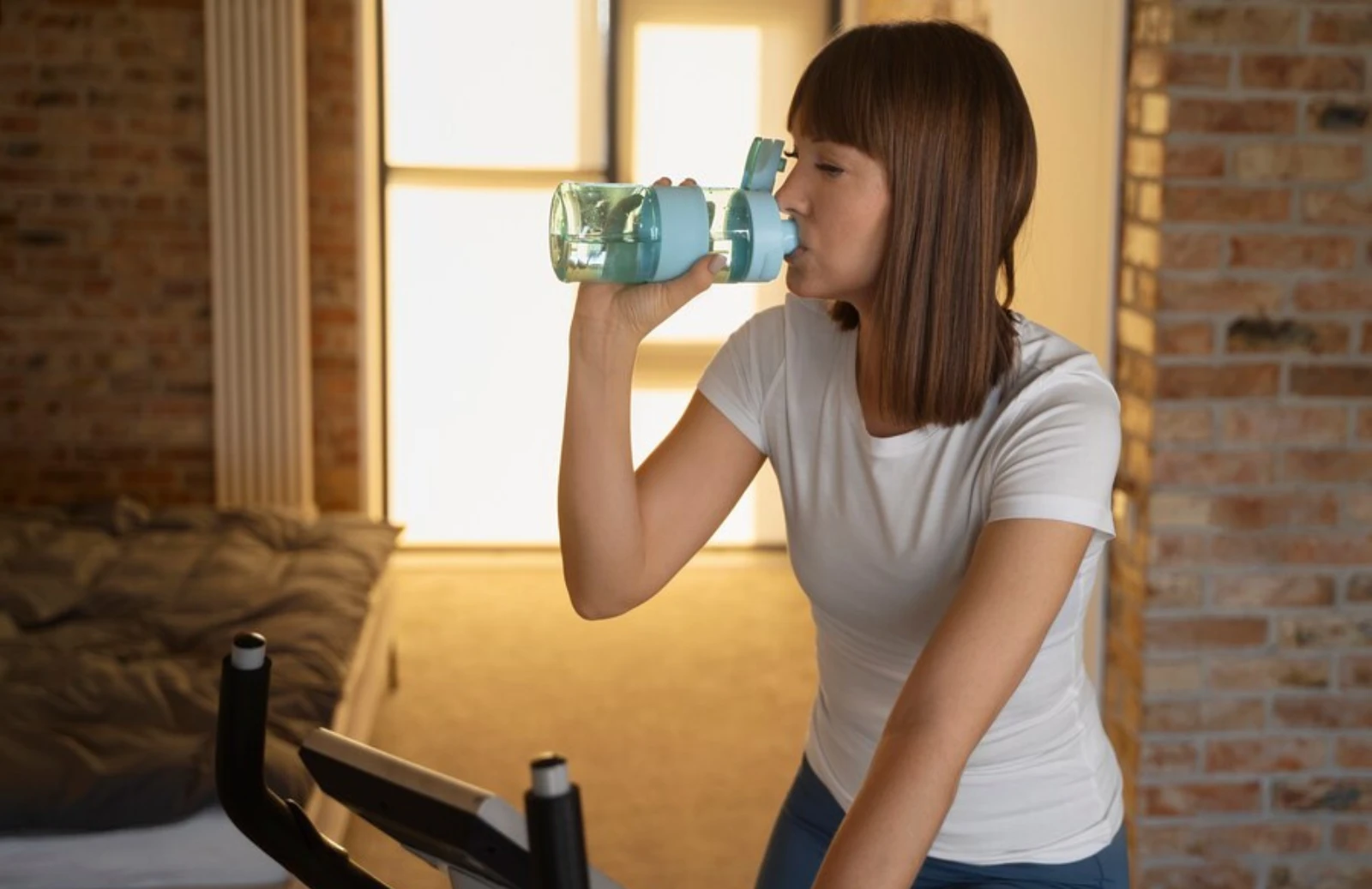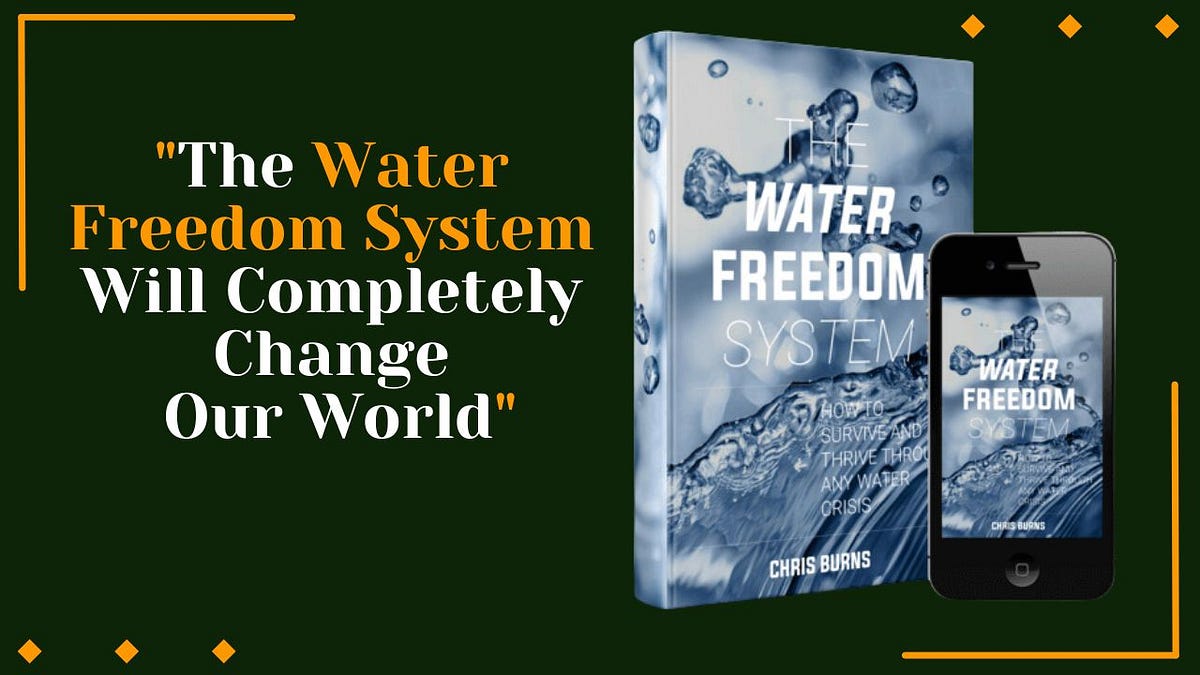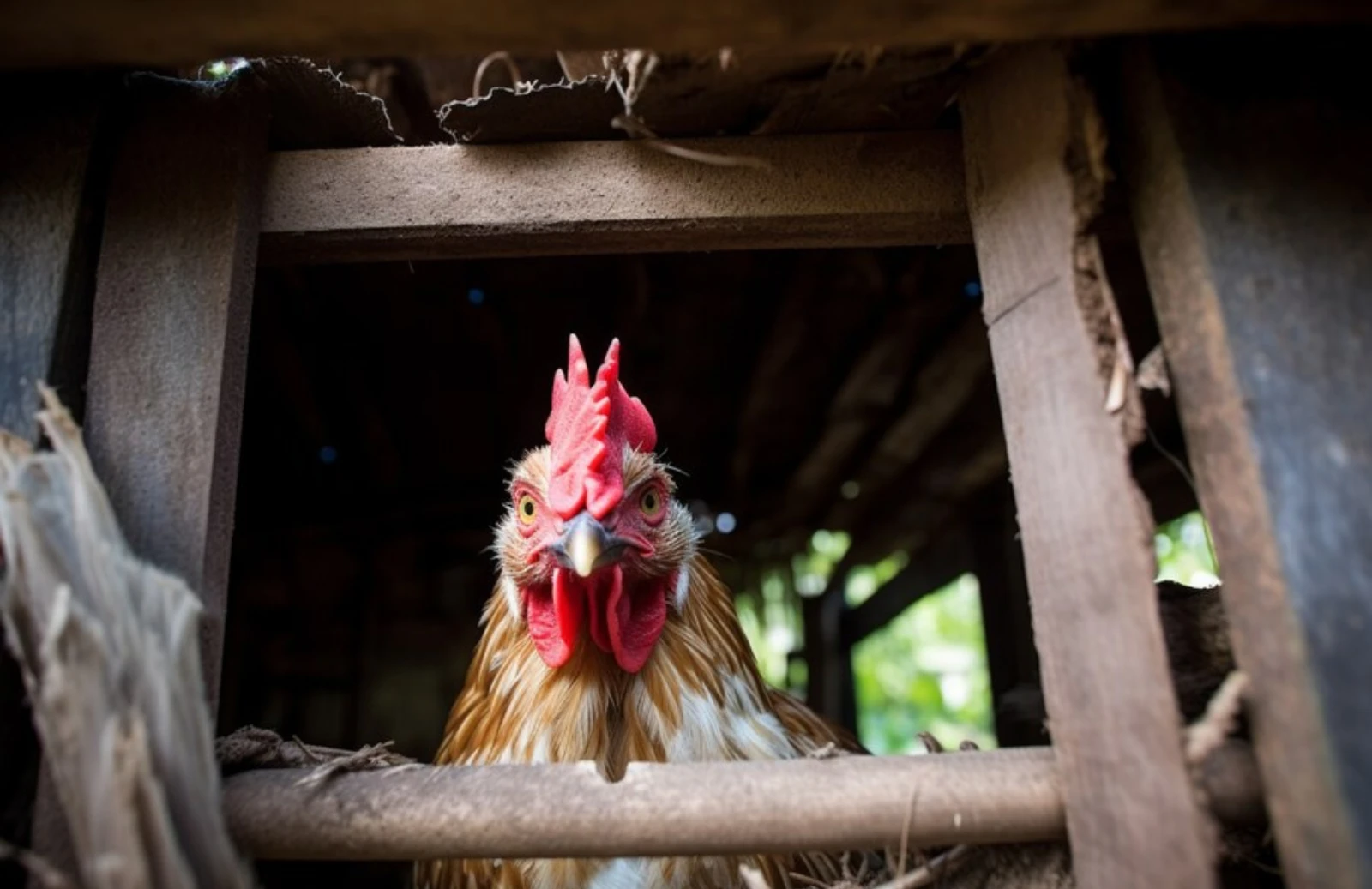In today’s world, securing a reliable and independent source of water is becoming increasingly important. Whether you’re looking to become more self-sufficient, prepare for emergencies, or simply want to ensure a consistent supply of clean water, having your water source can be a significant advantage. Here’s a comprehensive guide to help you understand how to secure an independent water supply.
1. Assess Your Water Needs
Before diving into the different methods of obtaining water, it’s crucial to assess your water needs. Consider the number of people in your household, and daily water usage for drinking, cooking, bathing, and other activities. On average, a person needs about 3 liters of water per day for drinking alone, but total daily usage, including other needs, can be as high as 300 liters per person.
2. Explore Different Water Sources
There are several options for independent water sources, each with its benefits and challenges:
- Wells: Drilling a well is one of the most common methods for obtaining groundwater. A well can provide a long-term, reliable water supply if it taps into a substantial aquifer. However, it requires an initial investment for drilling and installation, as well as regular maintenance.
- Rainwater Harvesting: Collecting rainwater is an eco-friendly and cost-effective way to secure water. Set up a system with gutters, downspouts, and storage tanks to capture and store rainwater. This method is particularly effective in areas with sufficient rainfall. Ensure that the storage tanks are covered and the water is filtered to keep it clean and safe for use.
- Surface Water: Lakes, rivers, and streams can be a source of water, but this method is less reliable due to variations in water levels and potential contamination. If you opt for surface water, make sure to install proper filtration and purification systems.
- Springs: Natural springs can be an excellent source of clean water. If you have access to a spring, build a collection system to channel the water into a storage tank. This method often requires minimal maintenance and provides high-quality water.
3. Install Proper Filtration and Purification Systems
Regardless of the water source you choose, ensuring that the water is safe for consumption is paramount. Install a robust filtration and purification system to remove contaminants such as bacteria, viruses, chemicals, and sediments. Options include:
- Mechanical Filters: These remove larger particles and sediments.
- Activated Carbon Filters: Effective at removing chlorine, volatile organic compounds (VOCs), and bad tastes and odors.
- Reverse Osmosis Systems: These provide comprehensive filtration, removing a wide range of contaminants.
- UV Purifiers: Use ultraviolet light to kill bacteria and viruses.
4. Legal Considerations and Permits
Before establishing your independent water source, check local regulations and obtain necessary permits. Drilling wells or diverting surface water may require permission from local authorities. Ensure compliance with environmental regulations to avoid legal issues.
5. Maintenance and Monitoring
Regular maintenance and monitoring are essential to ensure a continuous supply of clean water. Inspect and clean storage tanks, replace filters as needed, and test water quality periodically. Address any issues promptly to prevent contamination and maintain system efficiency.
6. Emergency Backup
Even with a reliable independent source, having a backup plan is wise. Store an emergency supply of bottled water and have portable water purification options, such as tablets or portable filters, on hand.
Conclusion
Securing your independent water source is a valuable step toward self-sufficiency and resilience. By assessing your water needs, exploring different sources, installing proper filtration systems, complying with legal requirements, and maintaining your water supply, you can ensure a reliable and safe water source for your household. Whether through a well, rainwater harvesting, or another method, taking control of your water supply can provide peace of mind and sustainability for the future.










